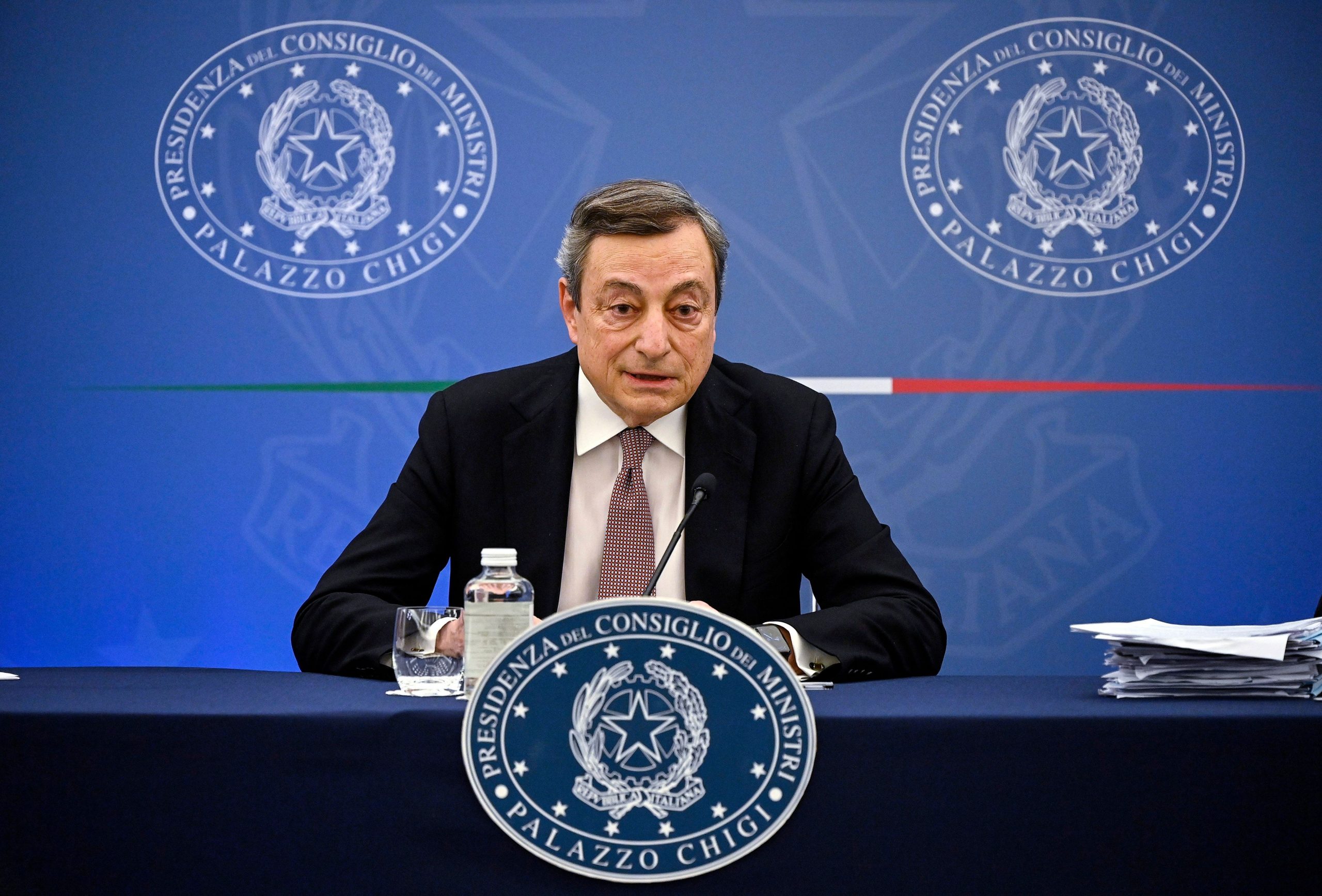Before becoming Italy’s prime minister in 2021, Mario Draghi was an economist, banker, and lecturer who helped bring economic change to some of the country’s top business and financial institutions.
Education
Draghi was born on September 3, 1947, in Rome, where he attended Jesuit school. He earned his undergraduate degree at the University of Rome before moving to the United States to study economics at the Massachusetts Institute of Technology (MIT). Draghi obtained his doctorate at MIT in 1976.
After finishing his education, Draghi followed in the footsteps of his father, who was also a banker. He spent most of his career leading various worldwide financial and economic institutions, in addition to working in academia.
Career
Draghi spent his early career in academia and banking. Draghi taught economics at the University of Florence from 1981 to 1991. During his time at the institution, he also worked as an executive director at the World Bank in Washington, D.C.
He served as General Director of the Italian Treasury for ten years, from 1991 to 2001. He led the committee that reviewed and rebuilt Italy’s corporate and financial regulations as part of his job.
His previous expertise on the boards of several Italian banks and enterprises, notably Banca Nazionale del Lavoro and Istituto for la Ricostruzione Industriale, was critical at this time. This was notably significant for Italy’s 1999 bid to join the European Economic and Monetary Union (EMU).
Stint with Goldman Sachs
Draghi began his career in investment banking in 2002. That’s when he became vice-chair and managing director of Goldman Sachs International. Draghi served on the company’s management committee. In this role, he created the company’s European market strategy and collaborated closely with both significant European firms and European governments. He held these positions until 2005 when he departed the bank.
Stint with ECB
Because of their close working relationship, Mario Draghi was frequently touted as Jean-Claude Trichet’s successor when his tenure as ECB President ended in late 2011. In May 2011, the EU Council endorsed a recommendation to nominate Draghi to the ECB presidency.
The nomination was supported by the European Parliament and the ECB, and his position was confirmed in June 2011.
Draghi was also a member of the bank’s executive committee, governing council, and general council. Draghi was also the chairman of the European Systemic Risk Board.
He served as president of the European Central Bank for an eight-year tenure that ended on October 31, 2019. As president of the European Central Bank, Draghi was instrumental in a number of notable economic events.
Draghi delivered an important address at a global investment conference in London on July 28, 2012. The euro was in jeopardy at the time, owing principally to the European Union’s sovereign debt crisis.
During that speech, he stated in English to the audience that the European Central Bank was willing to do “whatever it takes” to save the euro.
Italy’s Prime Minister
After leaving the ECB, Draghi withdrew to private life but returned to the public eye when Italy’s president, Sergio Mattarella, asked him to form an administration.
Mattarella’s appointment came after the government collapsed as a result of its handling of the COVID-19 outbreak. Draghi won a vote of confidence in Italy’s lower chamber of parliament, granting his cabinet the necessary authority to take power. Draghi took office on February 13, 2021.







